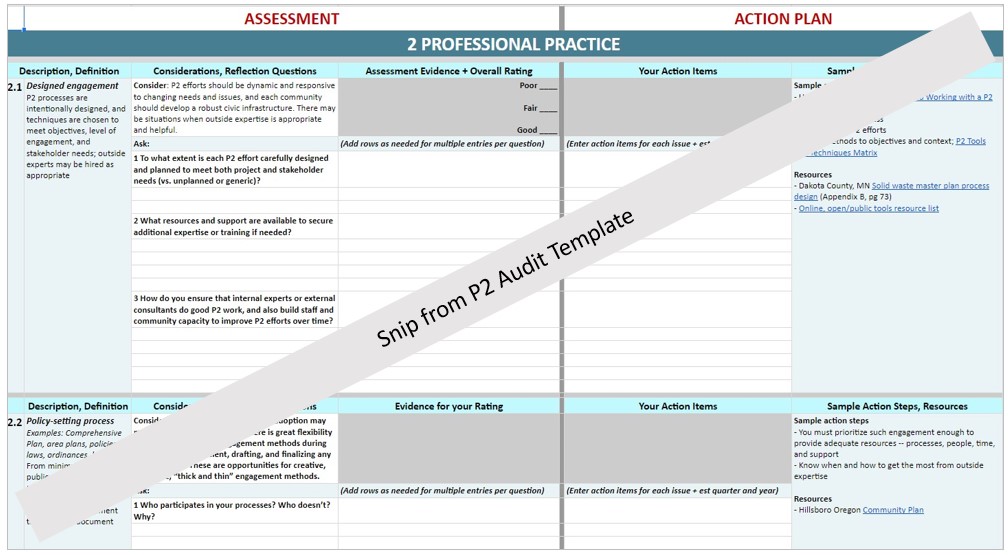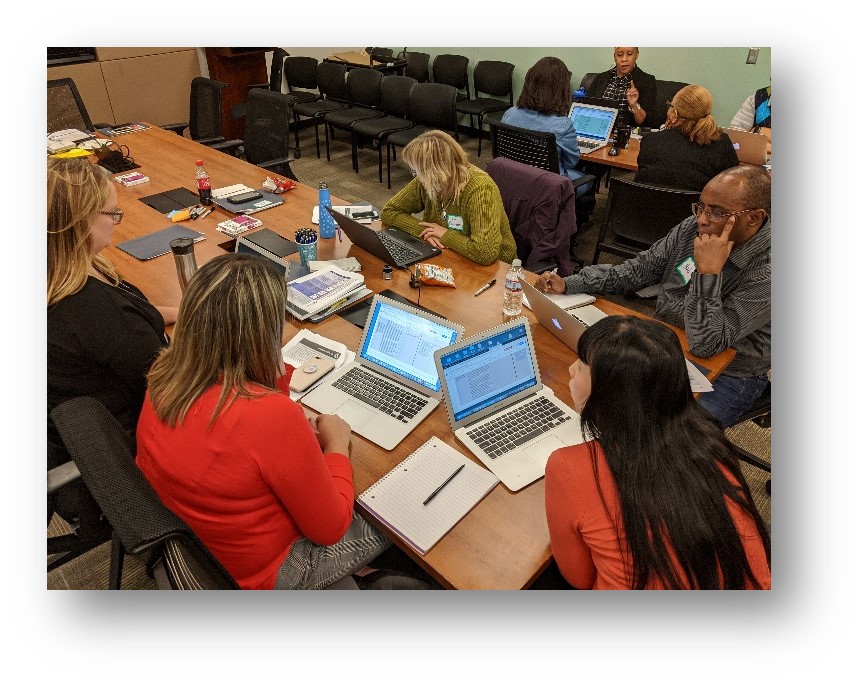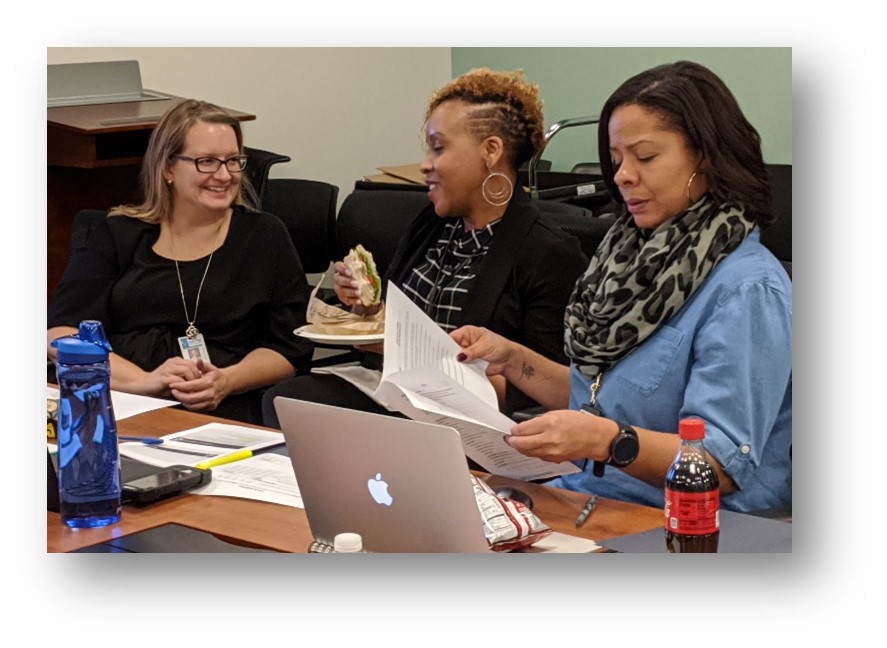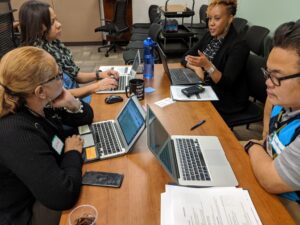Overview
This action-oriented course is for organizations that have committed to ethical and inclusive public participation (P2) and are ready to critically examine their policies, practices, proficiencies, and performance — what’s in place, where the gaps are, what we can learn from others — and then plan actions to fully realize those P2 commitments.
Through guided small-group exercises and robust discussions, participants learn and practice using a collaborative online Audit and Action Planning Worksheet. This comprehensive online tool frames the key issues, highlights best practices, embeds critical questions, and guides the audit process. Based on audit results, participants use the same Worksheet to identify responsive and organization-specific actions for agreed-upon P2 priorities.
Duration, format: Offered as a short course (5-6 hours), full course (8 hours), or with consulting support (16+ hours), and taught live online, in person, or hybrid.
Cost: Depends on the number of people and online or in-person format; expenses are extra.
“Good mix of intro/theory with the tool. I feel like we’re prepared to complete the assessment.”
Learning Objectives
By the end of this course, participants will have learned a conceptual framework, practiced with robust tools, and explored resources to…
- Collaboratively assess your organization’s P2 policies, professional practices, resources and capabilities, and performance
- Develop a prioritized Action Plan to upgrade P2 infrastructure
- Embed ethical, equitable, and authentic engagement in your organizational systems, structures, and processes
Participant Materials
Participants who complete the course receive a comprehensive set of e-materials:
- Participant Workbook / training materials
- Audit and Action Planning template
- Rights to use content for their organization, as long as they provide proper credit
Assessment and Action Planning Elements
Below are the four sections of the P2 Audit. For each, the process provides a definition and description; offers a robust set of considerations and reflection questions to be considered; rating choices; and space to provide evidence for the rating.
Professional practice
- Designed engagement
- Policy setting process; affects community as a whole
- Developing new public facilities and/or improving or replacing aging infrastructure
- Property-specific applications that require qualitative decisions
- Permits that are decided by definitive criteria (examples: building permits, utility permits, occupancy permits; typically handled by paid staff)
Proficiency: Resources and capabilities
- Training opportunities
- Cultural competency
- Committees, councils, and workgroups with P2 responsibilities
- Educational materials and/or training for the public and applicants
- Staff positions or specific responsibilities
- Hiring and performance evaluation around P2 competencies
Policies and plans
- Engagement Policy
- Ordinance
- Bylaws
- Overall Plan
Performance
- Broad, shared understanding
- Equitable engagement
- Impact of engagement
- Ongoing evaluation
The P2 Action Plan aligns with each item of the Audit. It begins by offering sample action steps along with a wide variety of links to other communities and organizations who have done work on that element. The last column provides space to build your own action steps based on your P2 Audit and learning from both internal and external resources.

Sample Course Outline
 Loading…
Loading…


